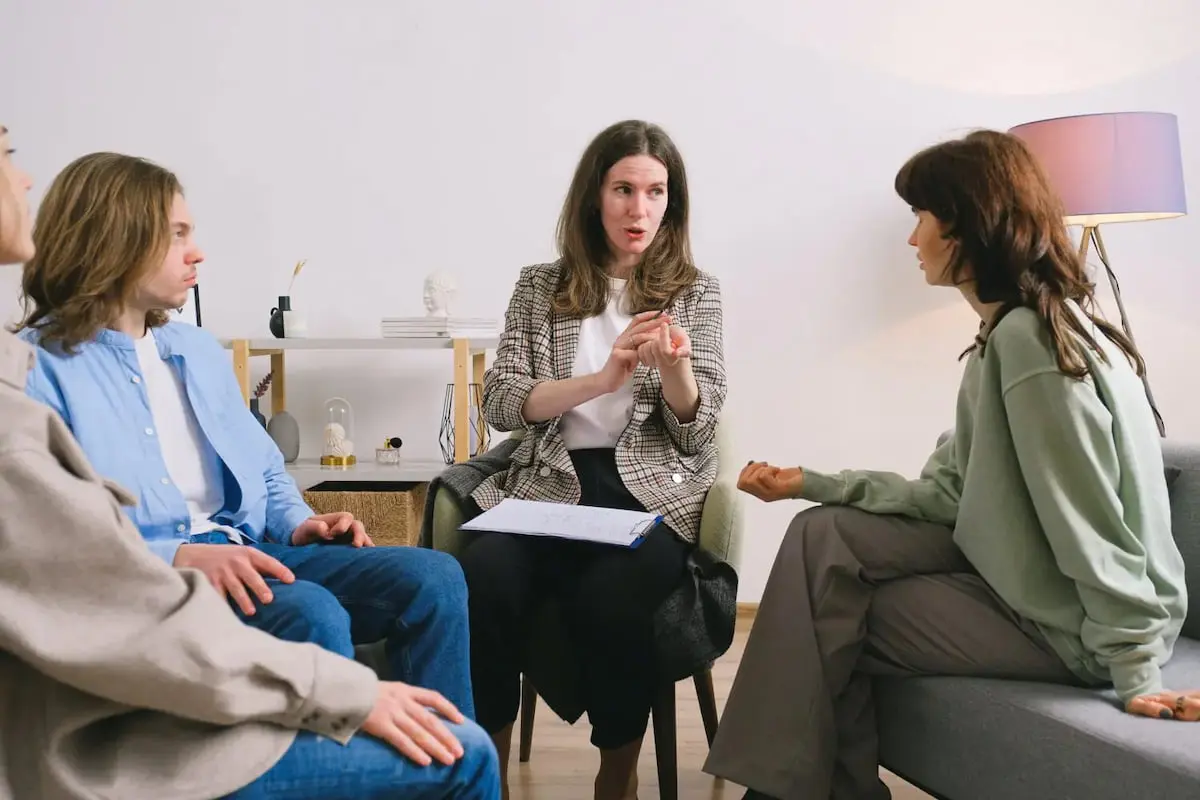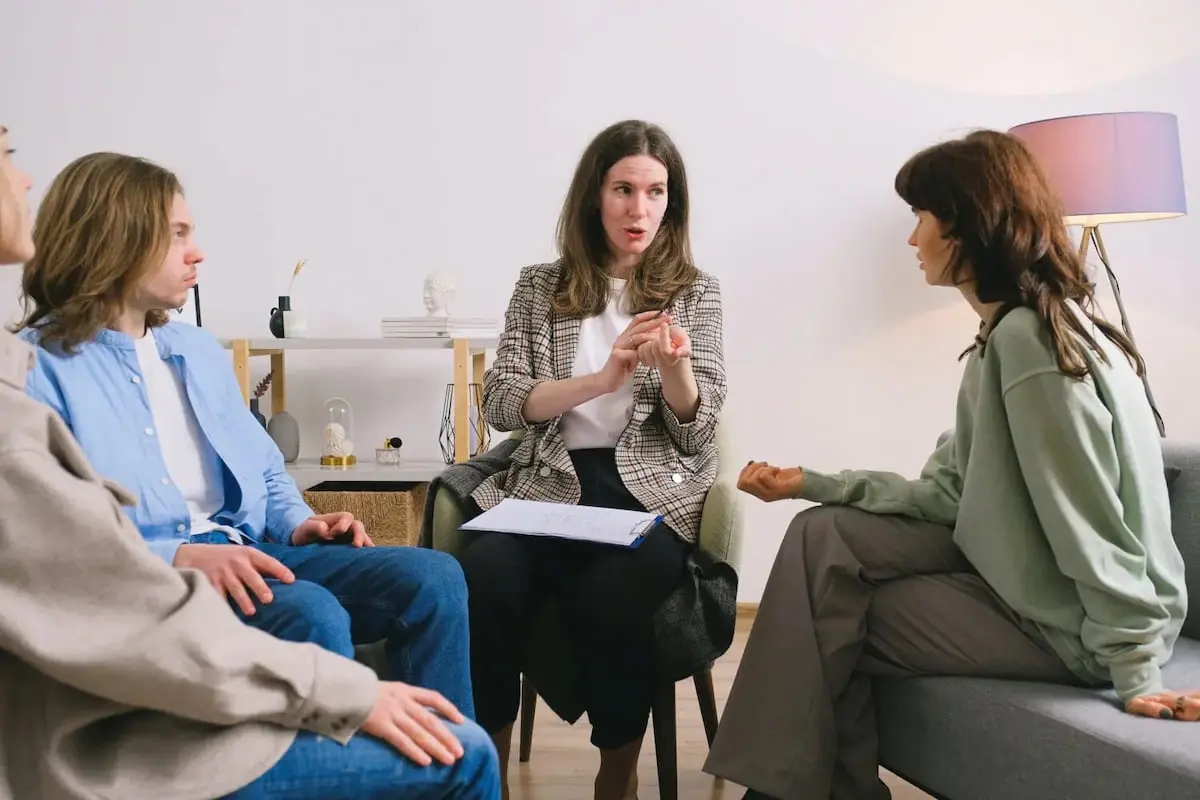24/7 Helpline:
(866) 899-221924/7 Helpline:
(866) 899-2219
Learn more about Morphine Rehab centers in Norway

Other Insurance Options

Group Health Incorporated

CareSource

Private insurance

Self-pay options

BlueCross

American Behavioral

Evernorth

CareFirst

Oxford

Excellus

Sliding scale payment assistance

Sutter

Health Choice

Multiplan

Highmark

Humana

Ambetter

MHNNet Behavioral Health

Magellan
Beacon

Common Ground Counseling
Common Ground Counseling is an outpatient substance use disorder treatment center located in Norway,...











